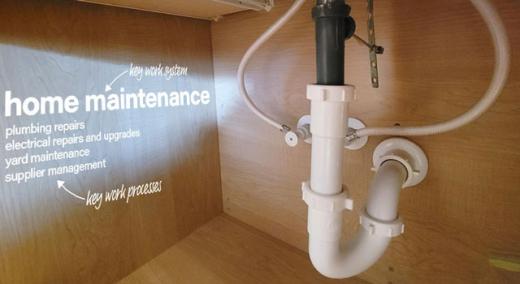It all started with my bathroom sink. I noticed that it was draining slowly, and that I could pull out the pop-up stopper. It was no longer attached to the lever that raised and lowered it. A look into the cabinet below the sink revealed that the ball socket and lever had become loose, freeing the stopper to be removed.
|
ADVERTISEMENT |
The bigger problem was that it also resulted in water escaping through the seal, so the vanity had a good bit of water in it. You know, the vanity that holds spare medicines, sunscreen, cleaning supplies—the one you’ve been meaning to clean out for a long time. And now I had that cleaning opportunity at the least opportune time.
My wife helped with the cleanup and drying of wet contents. I then proceeded to clean out the drain without removing the sink trap. I tried to remove the trap, but the plastic, threaded locknuts were frozen. I'd experienced this issue before and ended up breaking the plastic pipe because I torqued the nuts too hard.
Fortunately, all is good now and the vanity is also clean. And I had a chance to think about my personal work processes and work systems.
…

Add new comment